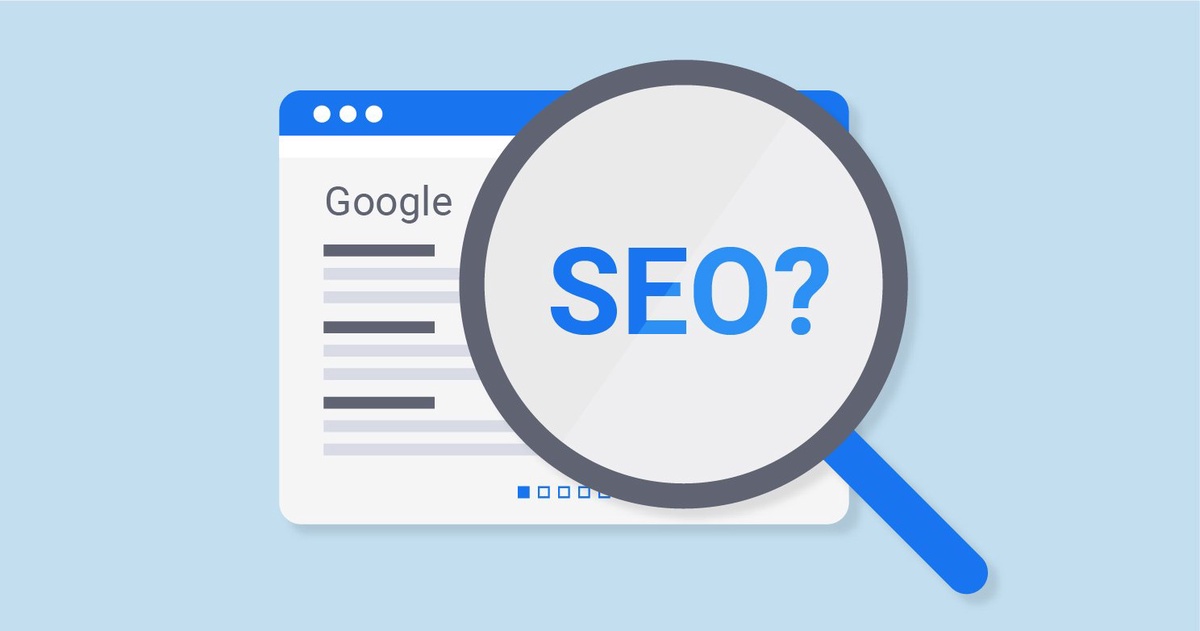SEO: Short for Search Engine Optimization, is a series of processes for optimizing a website to make it easy to find on search engines (search engines).
Article: A complete written work with a certain length to convey information and published in print and online media.
So it can be concluded, SEO articles are written content that is created with the aim of bringing in traffic from search engines.
Like the article you are reading, it was created to provide information as well as to bring in visitors/readers.
Then, How to Write SEO Friendly Articles?
To make it easier to understand and more detailed, based on experience and quotes from credible sources, you can try to follow the steps below:
0. Start with Writing Intentions and Techniques to Attract Readers, Not for SEO Traffic
This is serious. I find many "SEO articles" that are not at all pleasant to read. Too focused on the "SEO" aspect, so the "article" aspect is very weak.
The very first thing you need to do is write so that it can make the reader get the gist of the information you want to convey in the article.
The technique of writing articles that attract readers is not the focus of this article, so friends, you can continue reading some tips for writing blog content from here, here, and here, which provide tips on determining the audience, finding topics, and writing them.
1. Do Keyword Research
The first way to write articles to be SEO friendly is to do keyword research first.
Keyword research is an activity that cannot be missed when you want to create web pages to writing articles.
Because without keyword research, it could be the topic of the article that you write that no one is looking for on the Internet. After tired of writing, it just becomes a pile of old clothes and covered in dust, meaning that the article is not looking for it on search sites and does not bring traffic to your site.
In vain isn't it?
To do keyword research all you need is SEO tools, both free and paid.
Paid keyword research tools include:
- Ahrefs
- Semrush
- Moz
- KeywordTool.io
- keyword research
- Keyword – Ahrefsv
You can also do keyword research using Google products such as:
- Google Keyword Planner
- Google Search Suggestion
- Google Search Related Search
- Google Autocomplete
- Google Autocomplete
For more on keyword research, please read this keyword research page.
2. Optimizing Metadata Properly
After you find the targeted keywords, make sure these keywords are included in the metadata such as in the title tag, meta description, URL, to the heading tags.
The details for each of these are in the following points, but the point is, try not to get hung up on keywords or be over optimized, because that will make our writing seem stiff. After all, we are not writing for machines but for humans.
Example of an over-optimized title tag (rigid because it sticks to keywords):
“What is the definition of a photo? Types of Photos, How to Take Good Photos”.
It would be better if you wrote it like: "Photos: Definition, Types, and How to Take Good Photos".
Apart from keeping the keywords included, the title tags are easy to understand, still make sense and flow to be read.
3. Create an Attractive Meta Title
Meta title is not only an important element for SEO, but also important for users.
An attractive and descriptive meta title can be a powerful weapon so that users click on your article rather than competitors.
Furthermore, even though there is no exact number from Google, try to keep your meta title between 50-60 characters long.
Don't overdo placing keywords as explained in the second point.
4. Meta Description Optimization
After the meta title, what you have to pay attention to to make SEO friendly articles is the meta description.
Because a well-optimized meta description can increase the click-through rate (CTR) of your article page.
The meta description itself has a significant role in SEO article optimization, because it is a summary of the entire article.You can include keywords and descriptive sentences that invite users to click on your article.
The recommended number of meta description words is 160 characters, and again I remind you not to over optimize by piling up keywords.
5. Use Heading Tags
Fifth, to make your article more SEO friendly, is to add heading tags to the article.
Heading tags or also known as header tags are used to separate headings from subheadings.
The list of heading tags includes: H1, H2, H3, H4, H5, and finally H6, where H1 usually automatically becomes the title of the article when we use the WordPress CMS.
Relevant heading tags not only help search engines understand your content more deeply, but also help users understand what they are reading, in what position, and about what, resulting in good engagement.


No comments yet